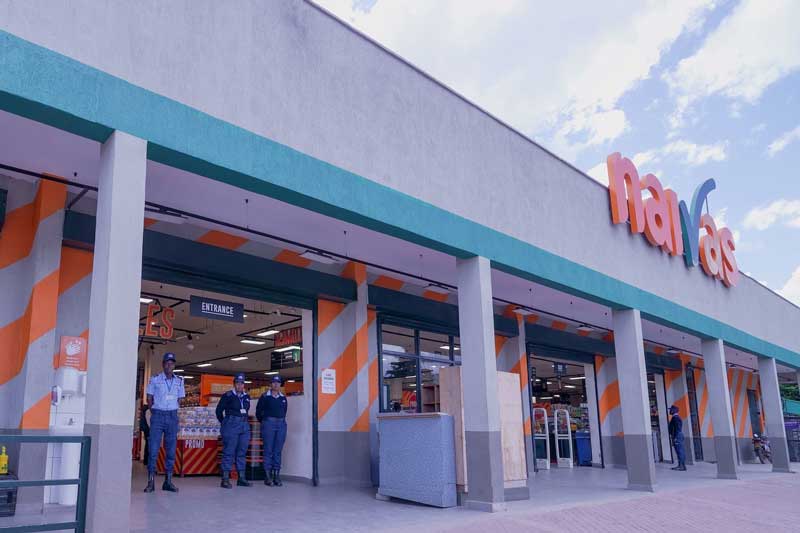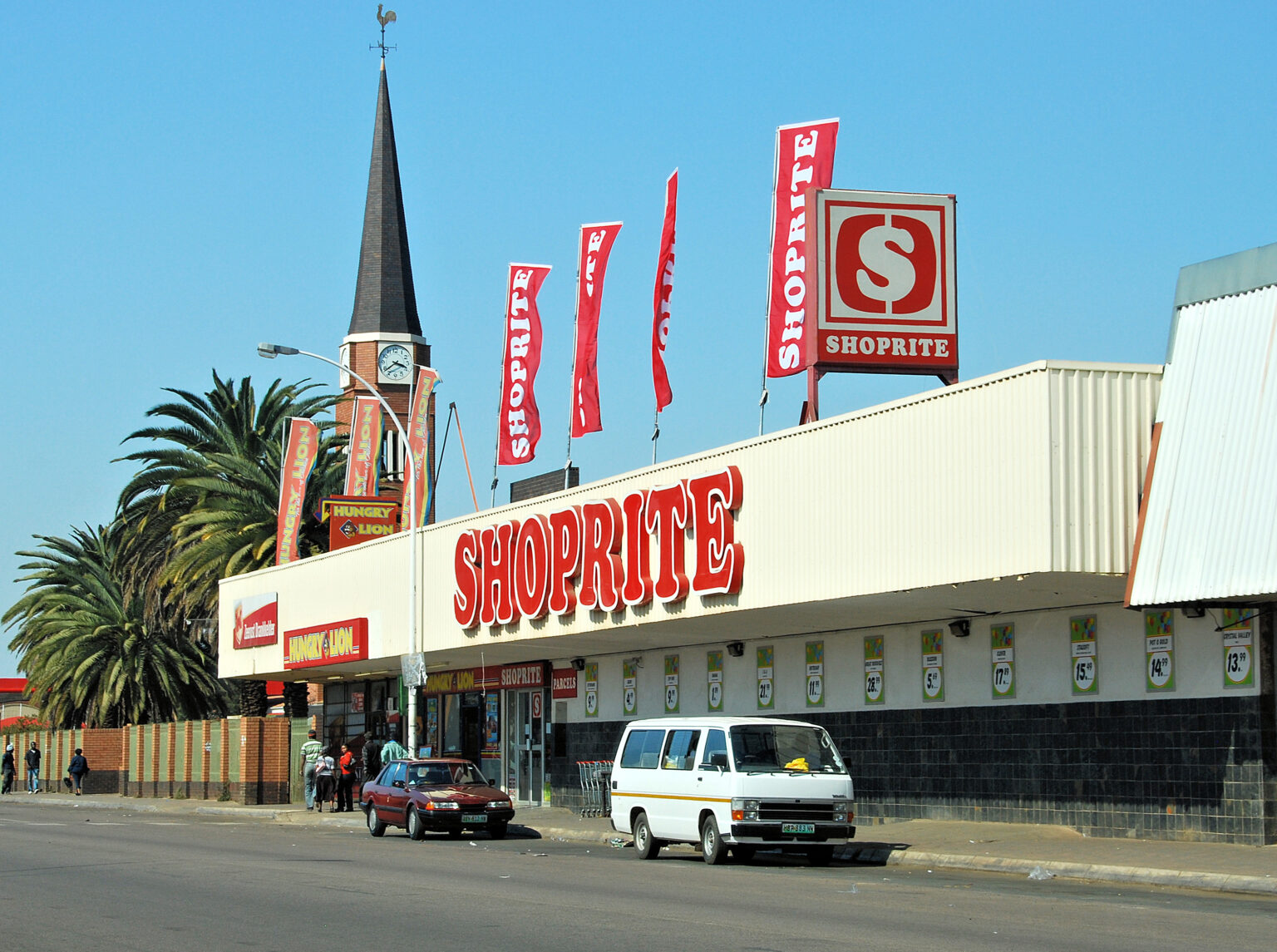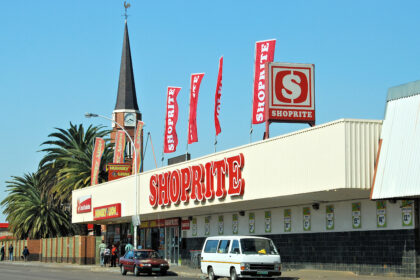At a Glance
- Shoprite, Woolworths, SPAR, and others dominate Africa’s organized retail with varied growth strategies.
- Chains invest in online delivery, smaller formats, and premium offerings to attract diverse shoppers.
- Supermarkets expand cautiously, balancing inflation risks, weak infrastructure, and local sourcing priorities.
Africa’s retail industry has been steadily shifting over the past decade. Urban growth, rising household incomes, and improved infrastructure are drawing millions of shoppers away from informal street markets and toward organized retail.
Supermarkets are no longer competing on size alone—they are judged by pricing, variety, delivery options, and how closely they reflect local shopping habits.
Reliable data is often scarce, but Africa’s retail future is being shaped by clear trends. Chains are splitting formats to serve both premium and budget shoppers, investing in online delivery, and strengthening distribution networks.
More are sourcing locally to cut costs and appeal to national pride. At the same time, companies are expanding more cautiously, weighing risks from currency swings, inflation, and weak infrastructure.
With Africa’s population still climbing and incomes rising, the supermarket business is far from settled. For millions of households, these chains are not just reshaping how groceries are bought; they are redefining the modern shopping experience across the continent.
Shore Africa profiles 7 of the continent’s biggest supermarket chains and how they are navigating this changing landscape.
1. Shoprite Holdings (South Africa)
Market Cap.: R163 billion ($9.35 billion)
Shoprite remains the continent’s largest supermarket group, operating more than 2,800 stores as of early 2025. South Africa is still its main market, but it also has a presence in about 10 other countries. Shoprite posted record sales from continuing operations rose 8.9 percent to R252.7 billion ($14.3 billion), with the South African supermarket division contributing R216.6 billion ($12.2 billion). Trading profit climbed 16.6 percent to R14.95 billion ($844 million). After pulling out of Nigeria, Ghana, Kenya, Uganda, and Madagascar, the company is focusing on stronger markets in Southern Africa. Shoprite is betting heavily on its “Sixty60” delivery app and expanding into non-food categories such as baby goods and pet products.
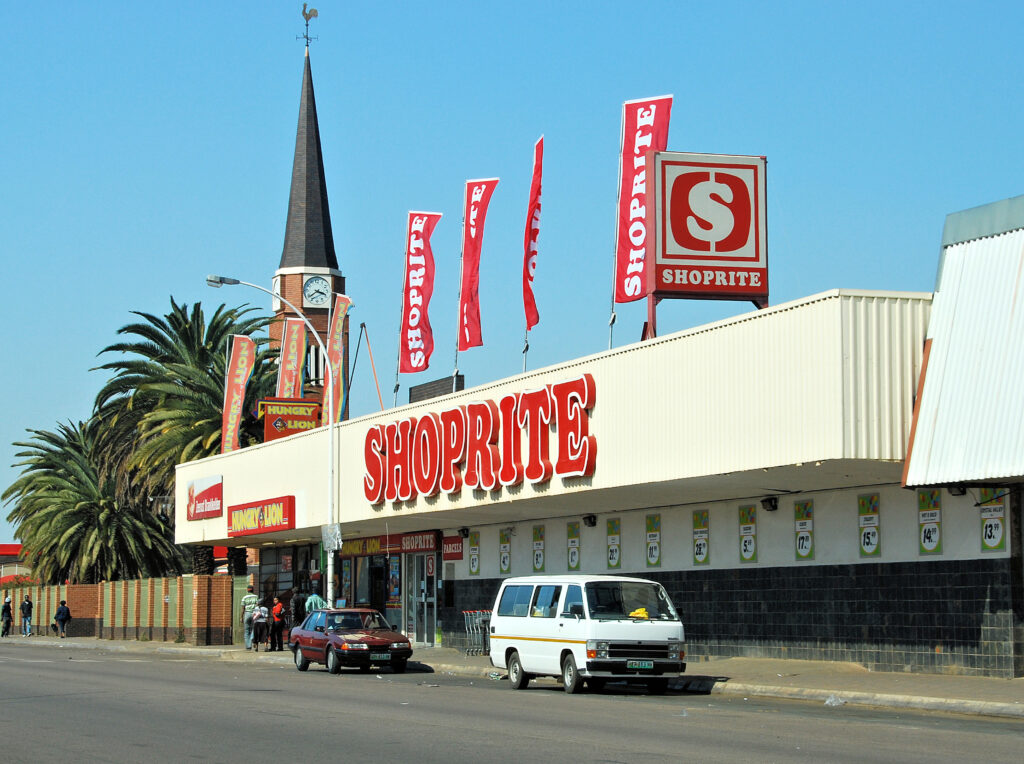
2. Woolworths (South Africa)
Market Cap.: R49.7 billion ($2.85 billion)
Woolworths has carved out a premium position, emphasizing quality and sustainability across food, clothing, and household goods. While its store count is smaller, its appeal among wealthier shoppers is strong.
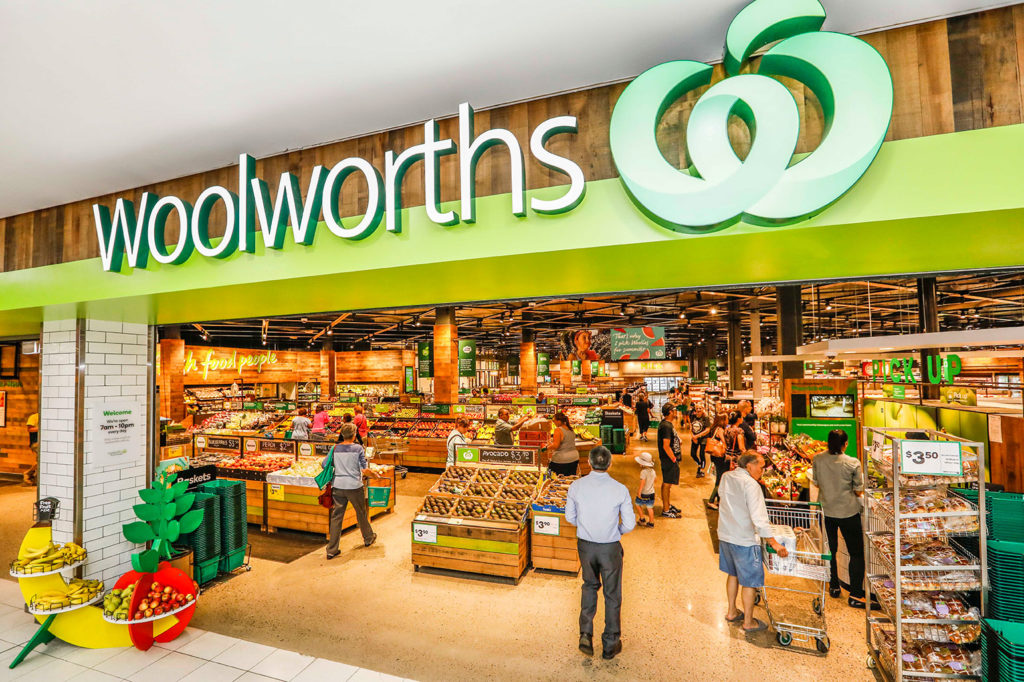
3. SPAR Group
Market Cap.: R19.2 billion ($1.1 billion)
SPAR runs more than 2,000 stores in Southern Africa under a global franchise model. It caters to both high- and low-income consumers, with “SPAR Gourmet” for premium shoppers and “SaveMor” for value-driven households. New stores in Cameroon and Zimbabwe highlight its African push, even as weaker outlets in South Africa are being trimmed.
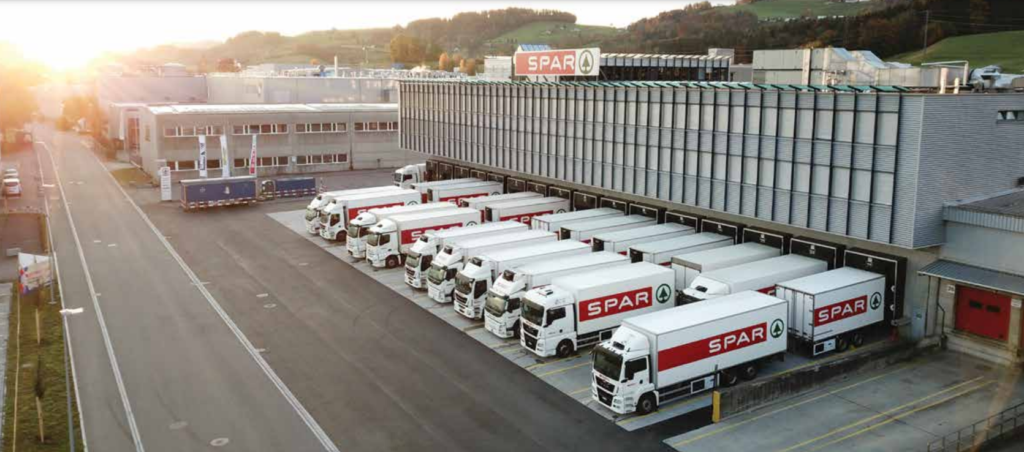
4. Pick ‘n Pay
Market Cap.: R18.2 billion ($1.04 billion)
Pick n Pay is reshaping its portfolio by shutting underperforming outlets and focusing on smaller, neighborhood stores. The chain competes directly with Shoprite and SPAR, leaning on its broad product range, loyalty program, and investment in online platforms.

5. Massmart (Walmart-owned)
Market Cap.: R13.6 billion ($780.43 million)
Massmart’s brands include Game, Makro, and Cambridge Food. Known for bulk sales and large-format outlets, its scale helps with purchasing power, but inflation and high import costs in South Africa have pressured margins.
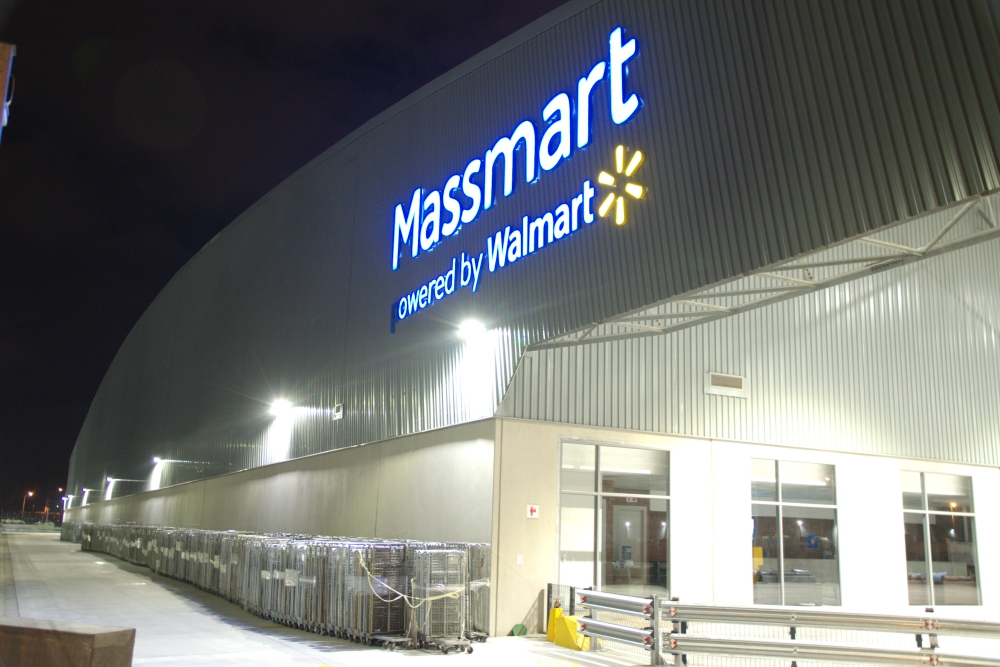
6. Choppies Enterprises
Market cap.: R3.54 billion ($203.14 million)
Founded in Botswana, Choppies has expanded into Zimbabwe and South Africa. It targets smaller towns and underserved areas, with a focus on affordability. Supply chain strains have slowed its pace, but it continues to rely on local sourcing.
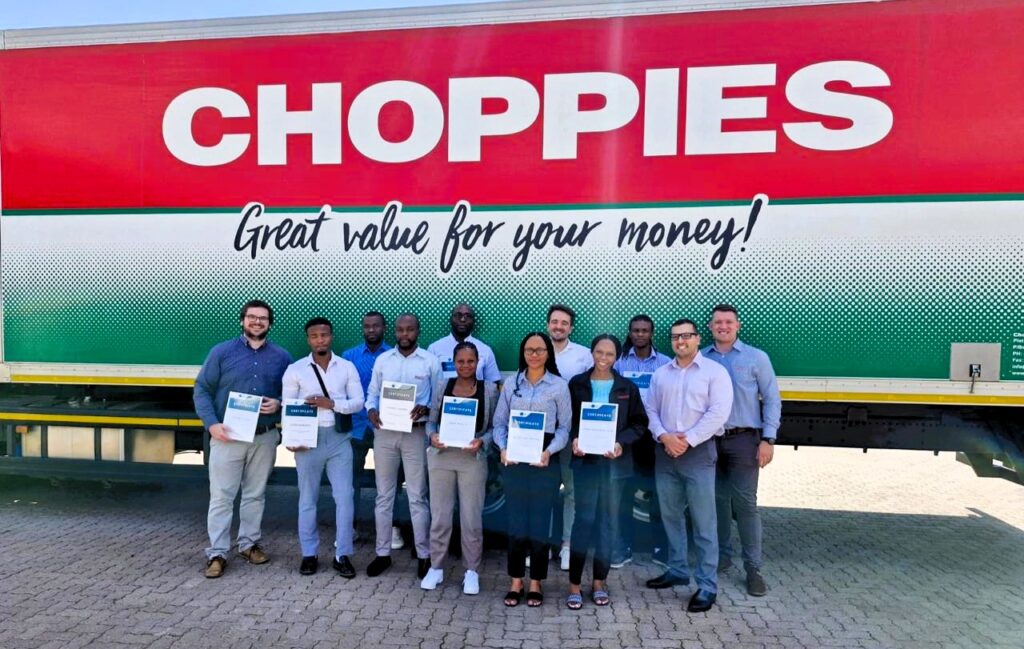
7. Naivas (Kenya)
Naivas is now Kenya’s top supermarket chain, operating more than 100 outlets. Its success lies in adapting to local shopping habits, improving logistics, and expanding into suburbs where disposable incomes are rising.
